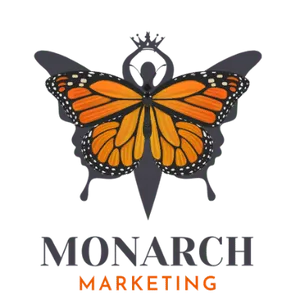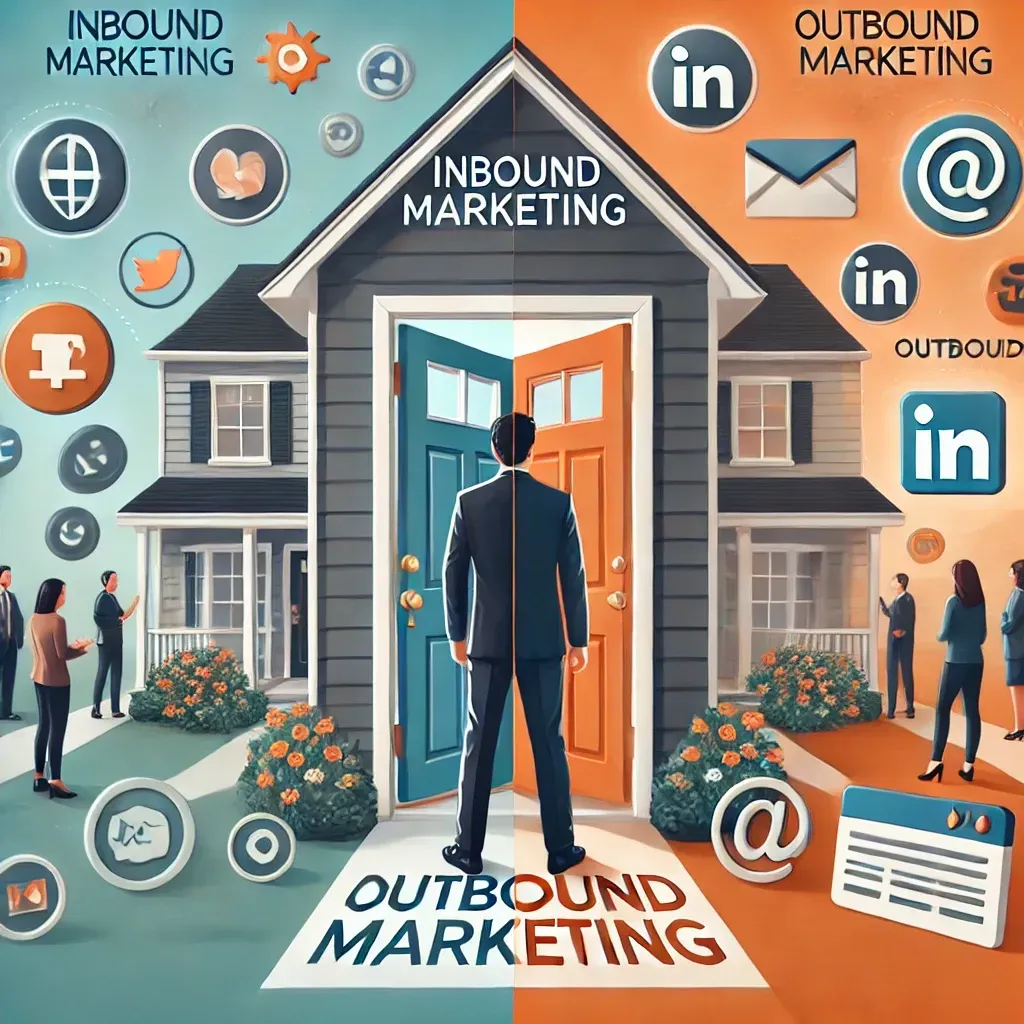
Blog

Inbound vs. Outbound Marketing: The Best Strategy for Business Growth
Inbound vs. Outbound Marketing: Why You Need Both for Business Growth
Marketing is essential for any business, but not all marketing strategies are created equal. Understanding the difference between inbound and outbound marketing—and how to balance both—can help you create a more effective approach that drives real results.

Inbound Marketing: Attracting Customers to You
Think of inbound marketing like people knocking on your front door. This strategy is all about creating opportunities for potential customers to find and engage with you organically.
Inbound marketing includes:
- Posting valuable content on social platforms
- Creating and optimizing sales funnels
- Running paid ads to attract potential clients
- Offering free resources that build trust and credibility
With inbound marketing, customers come to you because they are already interested in what you offer. It minimizes rejection and allows you to build meaningful relationships with prospects before they even reach out.
Outbound Marketing: Taking the First Step Toward Customers
On the other hand, outbound marketing is like knocking on someone else’s door. It involves actively reaching out to potential customers and introducing them to your business.
Examples of outbound marketing include:
- Sending direct messages (DMs) on LinkedIn
- Commenting on and engaging with other people's posts
- Participating in relevant Facebook groups
- Asking for referrals or introductions
While outbound marketing may come with higher rejection rates, it can also generate faster growth by putting you directly in front of the right audience.
Why You Need Both for Success
Many entrepreneurs prefer inbound marketing because it feels easier—less rejection, less effort in direct outreach. However, relying solely on inbound strategies can slow your growth.
The most successful businesses find a balance. Here’s why:
- Inbound marketing builds a foundation for long-term success, attracting a steady stream of leads over time.
- Outbound marketing accelerates growth by allowing you to engage directly with potential clients and customers who may not have found you otherwise.
The Smart Approach to Marketing
When you're running a business solo, time and energy are limited. By making your inbound marketing as efficient and effective as possible, you free up more bandwidth for outbound strategies that create direct connections.
Use inbound marketing to establish credibility and attract interest. Then, leverage outbound marketing to take control of your growth, engage in real conversations, and build relationships that convert.
By incorporating both strategies, you'll create a marketing system that works for you—bringing in leads, nurturing connections, and driving your business forward.
